Cloud Cost Optimization Questions You’d Like to Ask
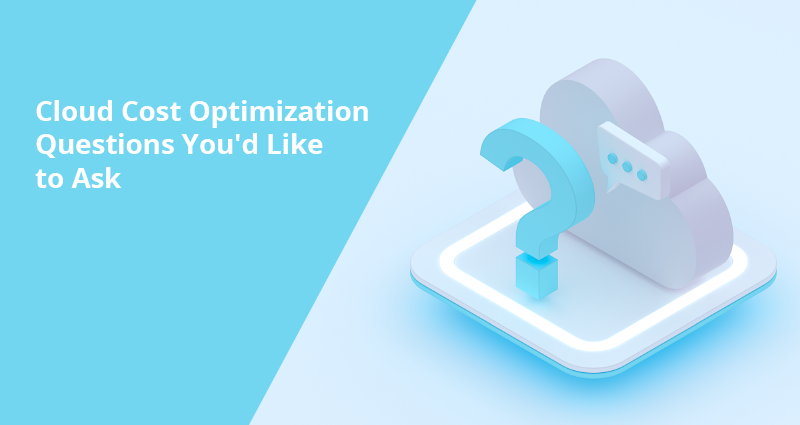
Many companies are obsessed with the idea of migrating to the cloud and they have strong arguments for it. Judge for yourself: сloud resources can be easily scaled at any time; there is the possibility of automating time and effort-consuming processes.
Cloud computing allows companies to reduce maintenance and operational costs to stay within the IT budget. However, it’s not that simple as it seems. Without proper control, it’s beyond easy to lose track of resource consumption rates and end up with huge cloud bills.
According to Gartner, the vast majority of organizations devoted to the cloud face unexpected cloud bills. The best solution, in this case, is to create a solid cloud cost optimization strategy and adopt cloud cost management tools.
When trying to accomplish this task, many companies bump into a huge pile of questions. We answered the most relevant of them in this article, and suggested the vital cost-saving measures, in order to support your cloud cost optimization journey.
1. What is cloud cost optimization?
Cloud cost optimization is the process of resources and costs management that leads to a reduction of overall cloud spending. There are various strategies to optimize cloud costs, so you can:
![]()
2. What discounts can I get?
Some cloud vendors offer discounts for purchasing resources in advance to help users reduce cloud bills. The most common way to save money is the investment in Reserved Instances. Purchasing them you pay upfront regardless of actual use and get a discount based on a long-term commitment.
Well-known public cloud providers offer reserved capacity for computing. When talking about AWS, it’s called Reserved Instances; Azure refers to them as Reserved Virtual Machine Instances; GCP calls them Committed Use Discount. All three cloud vendors allow users to commit to a certain volume of resources for one or three years.
3. Are there any “hidden” cloud operating costs?
Cloud provides users with computing resources on-demand. However, it’s a common situation when the company purchases the resources but doesn’t use them or stop using them. Such resources drain your IT budget and they are absolutely useless.
Public cloud providers offer the “pay-as-you-go” pricing model. The majority of business owners understand this phrase as “pay-for-what-you-use”. However, this pricing model means that you pay for what you ordered. That’s why it’s easy to end up with huge cloud bills for unused resources.
First of all, you need to identify unused, idle, and underutilized instances you’re being charged for. Once they’re discovered, you should review these instances. There are several possible ways to deal with them: shut them down, reconsider their size or balance the workload with their help.
4. What role does scalability play in cloud cost optimization?
Generally, there are two types of scaling in the cloud: horizontal and vertical.
Horizontal scaling, also known as scaling in or out, means adding cloud resources as new instances, in order to balance the workload.
Cloud vertical scaling, on the other hand, is when the company changes the size of the instance by replacing the existing one with the bigger version. It’s also called scaling up or down.
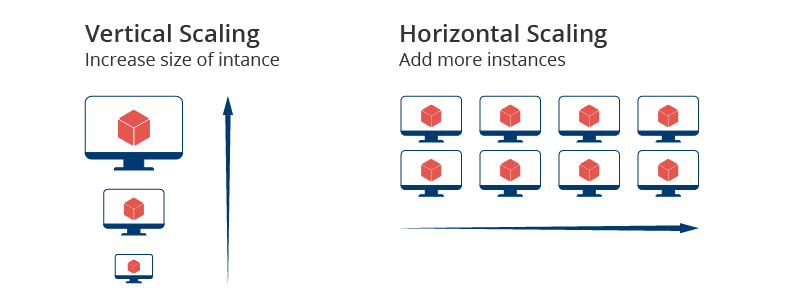
Rightsizing (or scaling down) is an effective way to optimize costs. Not only does it ensure that the size of the instances matches the workload, but it also prevents you from the careless purchase of unnecessary resources. It happens because the analysis is one of the elements of rightsizing.
It’s vital to remember that besides overprovisioned resources, there are also under-provisioned ones that can cause latency. So, look before you leap – analyze past consumption rates and the future possible traffic fluctuations. Total visibility is a key to success in this case.
5. How to provide cross-functional communication in the company?
The point you can start with when building communication across departments and teams is using a FinOps approach. It presents the collaboration of people and technologies, in order to get the most value out of the cloud architecture. Additionally, it helps employees speak the same language and develop the organization’s cloud strategy.
Another way to answer staff questions about cloud deployment is by creating a Cloud Center of Excellence (CCoE). This team of cloud experts can help drive best practices and ensure the most productive optimization of the organization’s assets.
6. How to measure the success of cloud investments?
CCoE can also help you with that. However, what if there is no Cloud Center of Excellence team in your company? We suggest considering several factors, in order to evaluate your overall cloud performance.
We divided them into two main groups: financial and business factors.
Financial factors include all the points that should be taken into account when migrating to the cloud and deploying it.
Business factors present a more general view on cloud usage in the company, as it contains the cloud agility and performance improvement points.
You can read our article to examine the main points for measuring your cloud journey success in more detail.
7. What tools can I use to optimize cloud costs?
AWS, Azure, and GCP offer native cloud tools to monitor and manage your costs. Amazon Web Services offer AWS CloudWatch, Microsoft Azure monitoring tool is called Azure Monitor and Google Cloud Platform refers to its tool as Google Cloud Monitoring.

These tools are useful with the single cloud environment when the companies are devoted to one and only cloud vendor. However, in the situation when the organization deploys multiple cloud platforms and engages with several cloud providers, the monitoring process can become a nightmare.
It’s like paying for something from the separate wallets – visibility of your total spendings is almost impossible or really challenging to gain in this case.
Cloud management platforms allow users to observe the whole picture of cloud assets within multi-cloud architecture. CMPs make it easier to uncover hidden costs and make the most of your cloud. For instance, Binadox has a Cloud Utilization Dashboard that gathers all the data across a multi-cloud environment to provide total visibility of all your cloud assets.
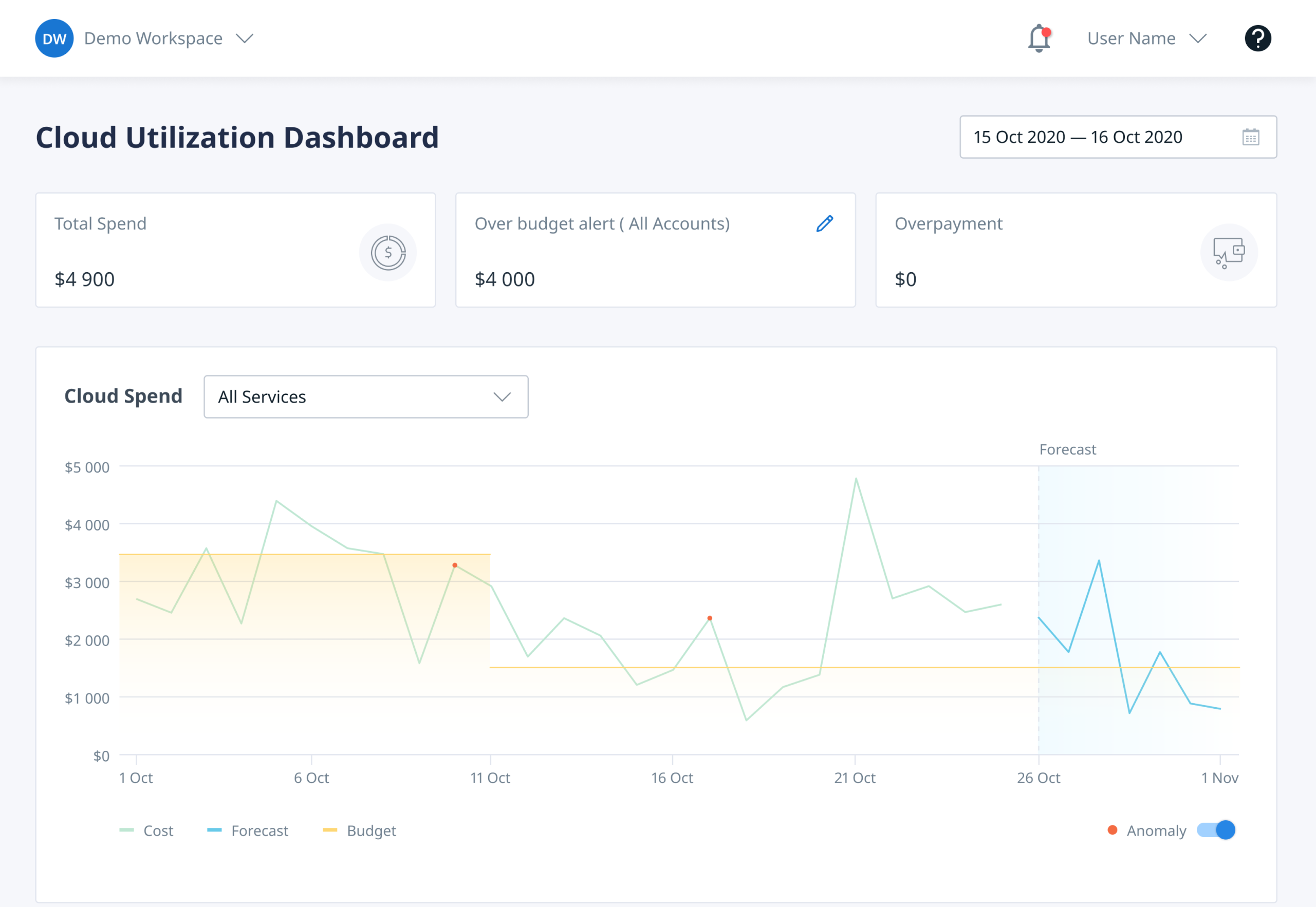
Binadox – cloud cost optimization tool
Binadox provides businesses with features for monitoring and managing multiple cloud resources in SaaS applications and Cloud services.
With Binadox, it is easier to:
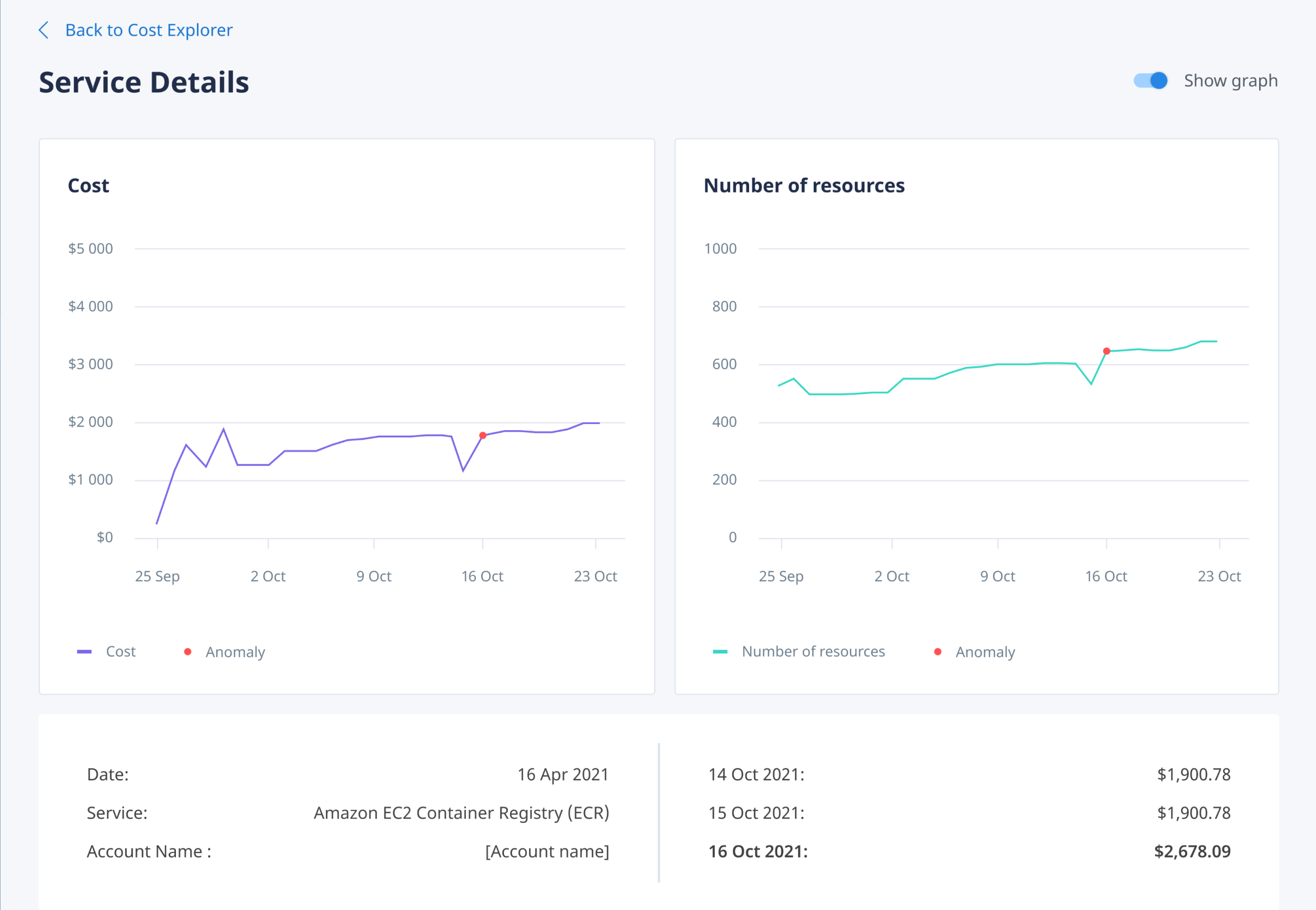
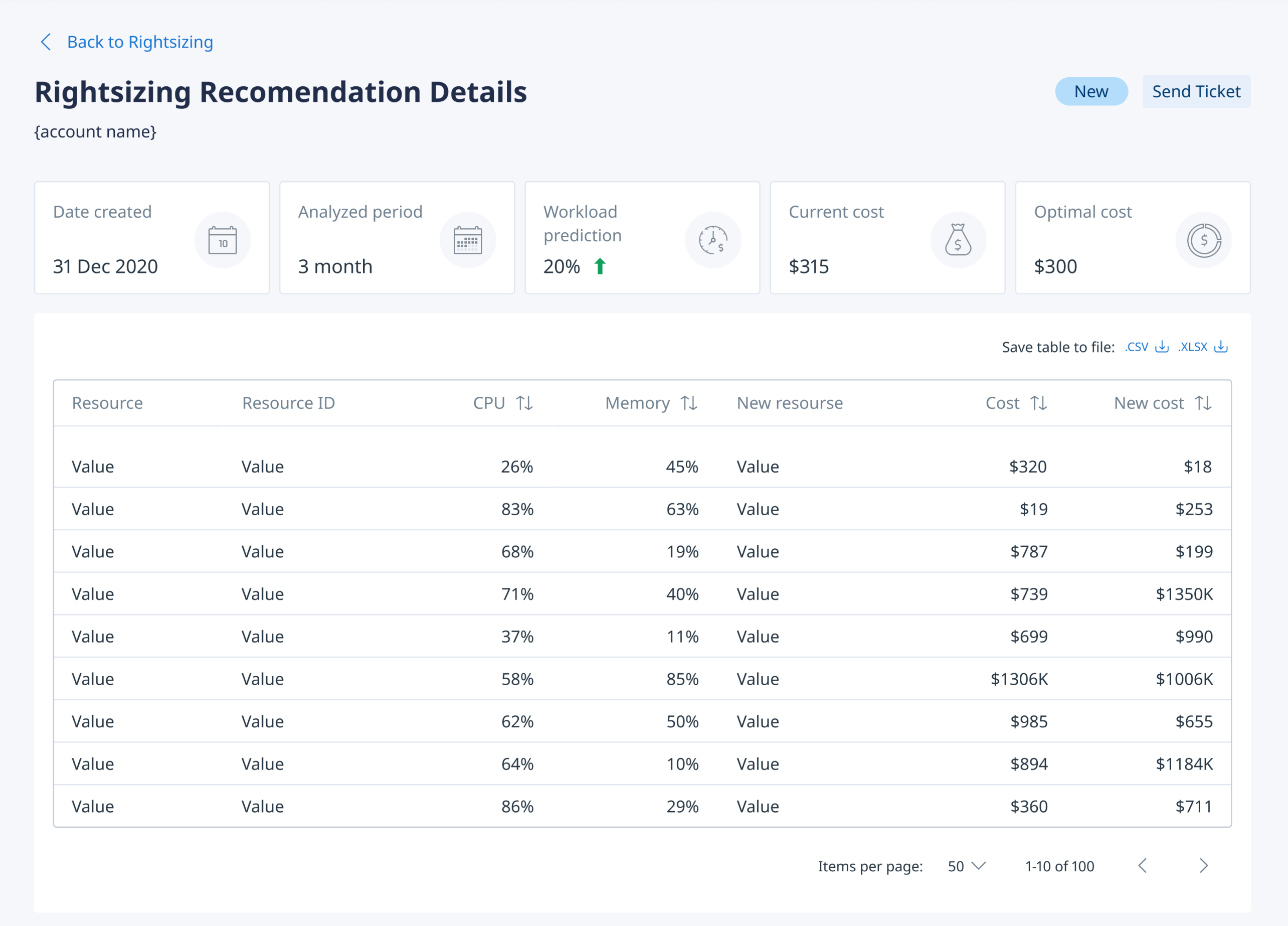
Have more questions?
You can write to our Support team and ask for more detailed information. Also, you can register for a free 14-day trial period, test the platform unlimitedly and see how Binadox can help YOUR company.